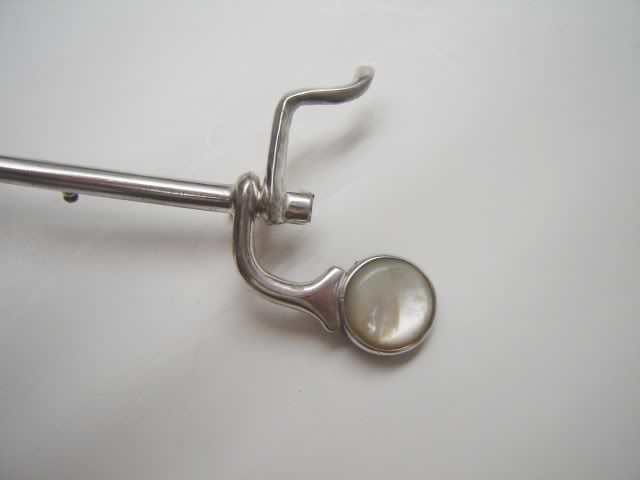Shown below is a "C bridge key" made for a True Tone Alto. The purpose of this key is to close the small C key when the thumb key is pressed in order to bring the pitch of high C# down. The key fits over the rod of the octave key using that as its pivot similar to the side keys on some clarinets. This makes a separate pivot assembly soldered to the body unnecessary and allows the key to be easily installed and removed.
The lengthy process of designing and then fabricating a key from brass stock has given me a new level of respect for those like Martin Mods who do this on a regular basis. My only saving grace is that what I lack in talent and ability, I make up for in persistence.



The lengthy process of designing and then fabricating a key from brass stock has given me a new level of respect for those like Martin Mods who do this on a regular basis. My only saving grace is that what I lack in talent and ability, I make up for in persistence.



